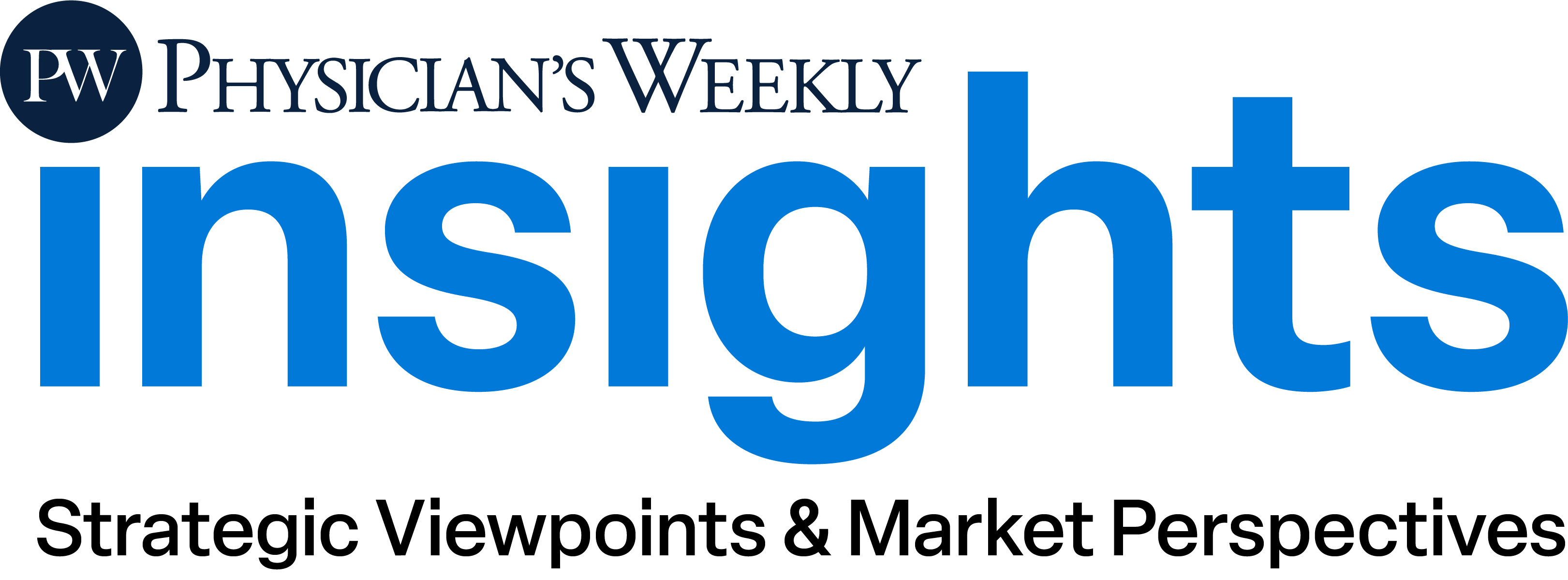In an era defined by healthcare innovation where digital platforms dominate marketing conversations, the enduring relevance of print can easily be overlooked. Unfortunately, in doing so, brands miss out on the unique value of printed material at the POC and its positive impact on script lift, brand awareness, and patient/provider understanding. Physician’s Weekly (PW) explores why physical materials at the POC consistently deliver results as part of any comprehensive omnichannel strategy.
Everyone absorbs information differently.
We should expect older generations to gravitate towards traditional media.1
No two patients or providers are the same. Target audiences are diverse no matter what practice type, condition, or disease state is being addressed. Location, age, and gender influence engagement levels across tactics. With the understanding that everyone has unique learning preferences and abilities, integrating printed material into an omnichannel approach becomes indispensable. Omitting these from a marketing strategy will inevitably be a missed opportunity to effectively engage members of any audience.
Patients aren’t listening.
40 – 80% of medical information provided by healthcare practitioners is forgotten immediately.2
Receiving a diagnosis can be an overwhelming and emotionally taxing experience for patients, often causing a rollercoaster of fear, uncertainty, and anxiety. In these moments of heightened stress, it’s not uncommon for patients to struggle to focus on medical information presented by their practitioner. The weight of a diagnosis clouds their ability to retain crucial details about their condition, treatment options, and next steps. Printed content allows patients and their caregivers to review information at their own pace, digesting it more thoroughly and in a calmer state of mind.
Comprehension is stronger in print.
Screen reading can lead to a more superficial and quicker approach than print because readers overestimate their comprehension.3 Electronic reading comprehension is poorer and less efficient than paper-based reading.4
People read faster on screens, often slipping into “skim mode” and scrolling faster than our brains can accurately process or retain the information. The unintentional result is an impression of learning. In reality, recall may only include general thoughts void of important supporting details. Comprehension in a care setting is critical. The availability of printed messaging can help support a clear understanding and retention of those important details.
Traditional Media is evolving.
The digital printing market is expected to reach nearly $46 billion by 2029, growing at an annual rate of 7% from 2024 until 2029.5
Print production has undergone a digital revolution in response to the demand for immediacy and relevance. Gone are the days of excessive lead times and static messaging. For businesses that embrace new, cutting-edge printing technologies, the creation of printed material is fast, flexible, and personalized – now a true companion to digital tactics.
Print adds touchpoints.
People need to interact with brand messaging at least 7 times to influence a decision.6
Print can reach beyond screens for visibility where digital devices aren’t available. Doctors aren’t always in front of their computers. Patients aren’t always looking at a waiting room monitor at the exact moment needed to read a certain message. Print is “always on.” It never rotates, flashes, or distracts. Combining printed material with digital content at the POC creates the volume of visibility needed to reinforce brand messaging and maximize engagement.
The printed word is credible.
82% of adults trust print the most when making a decision.7
The trustworthiness of printed material remains undeniable, with a striking 4 out of 5 individuals placing their confidence in print. Unlike the fleeting nature of digital content where credibility may be questioned, print media in healthcare sustains a reputation for reliability and accuracy. Whether a poster, patient information brochure, or waiting room guide, the tangible presence of print instills a sense of legitimacy and trust among patients and healthcare professionals alike.
The intrinsic value of printed material within an omnichannel approach cannot be overstated. Print media commands a level of trust and fosters the greatest comprehension and retention of healthcare information. This is especially important in a point-of-care setting where accurate understanding is critical to an HCP’s ability to deliver care and a patient or caregiver’s need to understand the care they’re receiving. In a world where attention spans are short and distractions are the norm, print undeniably offers a tangible, uninterrupted touchpoint for healthcare marketers to rely on.
Sources:
- Delgado P, et al. Don’t throw away your printed books: A meta-analysis on the effects of reading media on reading comprehension. Educ Res Rev. 2018,25:28-39.
- Kessels RP. Patients’ memory for medical information. J R Soc Med. 2003;96(5):219-222. doi:10.1177/014107680309600504
- Stiegler-Balfour J, et al. Is reading under print and digital conditions really equivalent? Differences in reading and recall of expository text for higher and lower ability comprehenders. Int J Hum Comput Stud. 2023,176:103036. doi: 10.1016/j.ijhcs.2023.103036
- Ackerman, R, et al. Taking reading comprehension exams on screen or on paper? A metacognitive analysis of learning texts under time pressure. Comput Hum Bahav. 2012;28(5):1816-1828. doi:10.1016/j.chb.2012.04.023
- Mordor Intelligence. Digital Printing Market Size & Share Analysis – Growth Trends & Forecasts (2024 – 2029). Accessed February 27, 2024. https://www.mordorintelligence.com/industry-reports/digital-printing-market
- Neumeier M. Why Marketers Should Follow The Rule Of Seven. Forbes. September 21, 2023; Accessed February 27, 2024. https://www.forbes.com/sites/forbescommunicationscouncil/2023/09/21/why-marketers-should-follow-the-rule-of-seven/?sh=5201e69870d2
- Burnstein D. Which advertising channels do consumers trust most and least when making purchases? Marketing Sherpa. January 17, 2017; Accessed February 27, 2024. https://www.marketingsherpa.com/article/chart/channels-customers-trust-most-when-purchasing
Physician’s Weekly (PW) is a trusted source of insights and education reaching HCPs and patients in 24+ specialties and 45K+ practice locations with 825K HCPs accessible digitally. Through a unique omnichannel network of point of care and digital opportunities, brands can connect messaging across physicians and patients/caregivers, engaging the right audience at the right time through the right channels.
Published Mar 07, 2024



